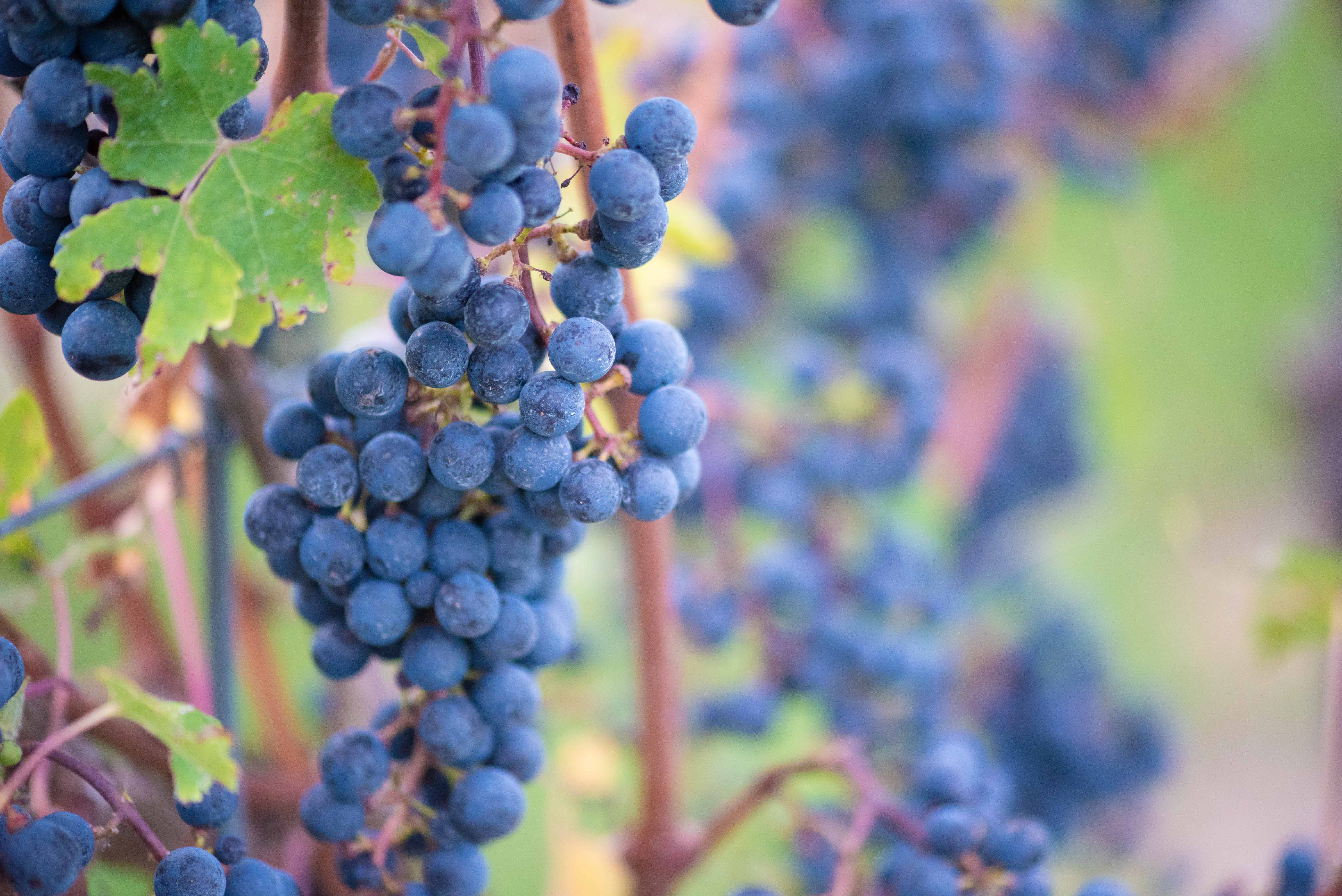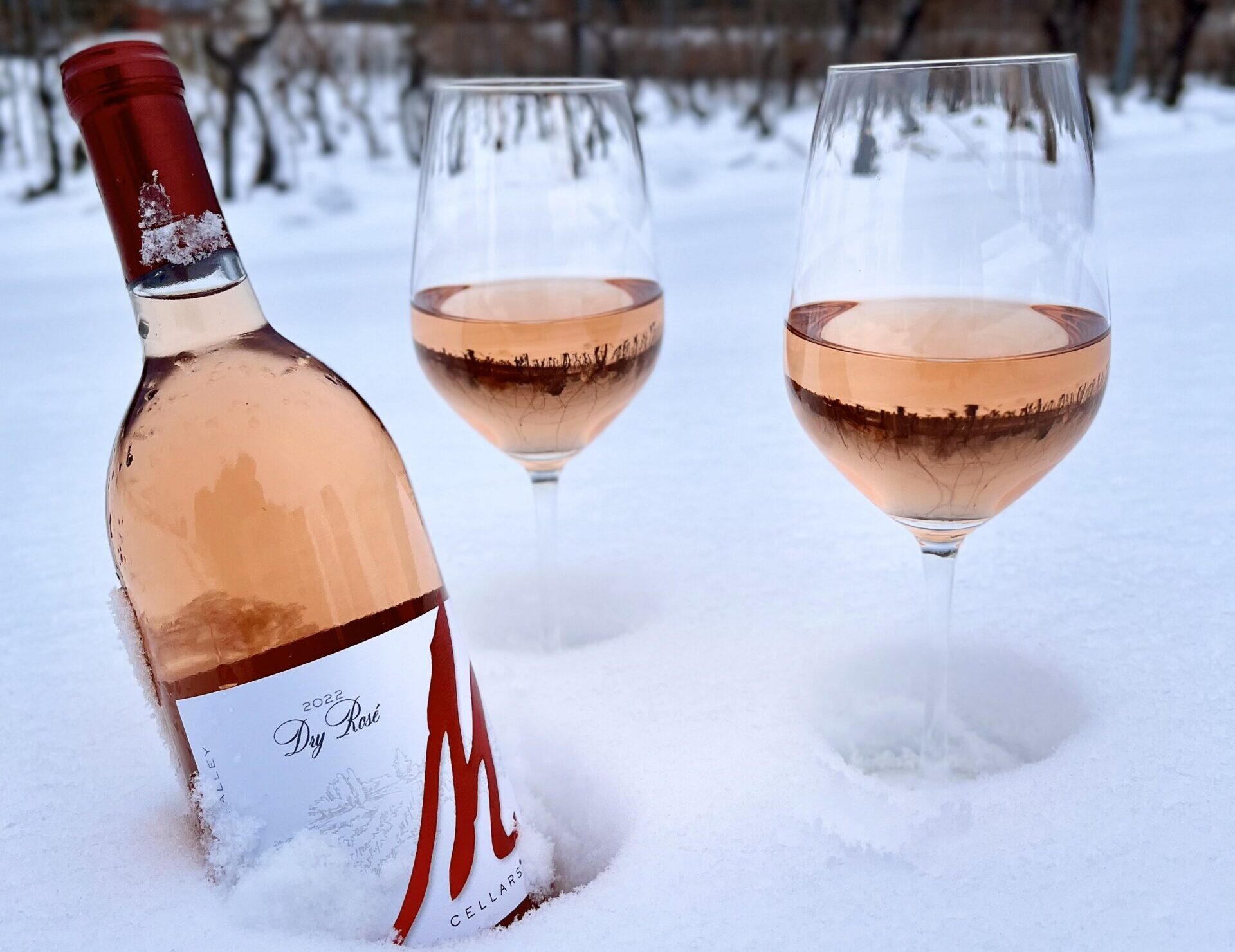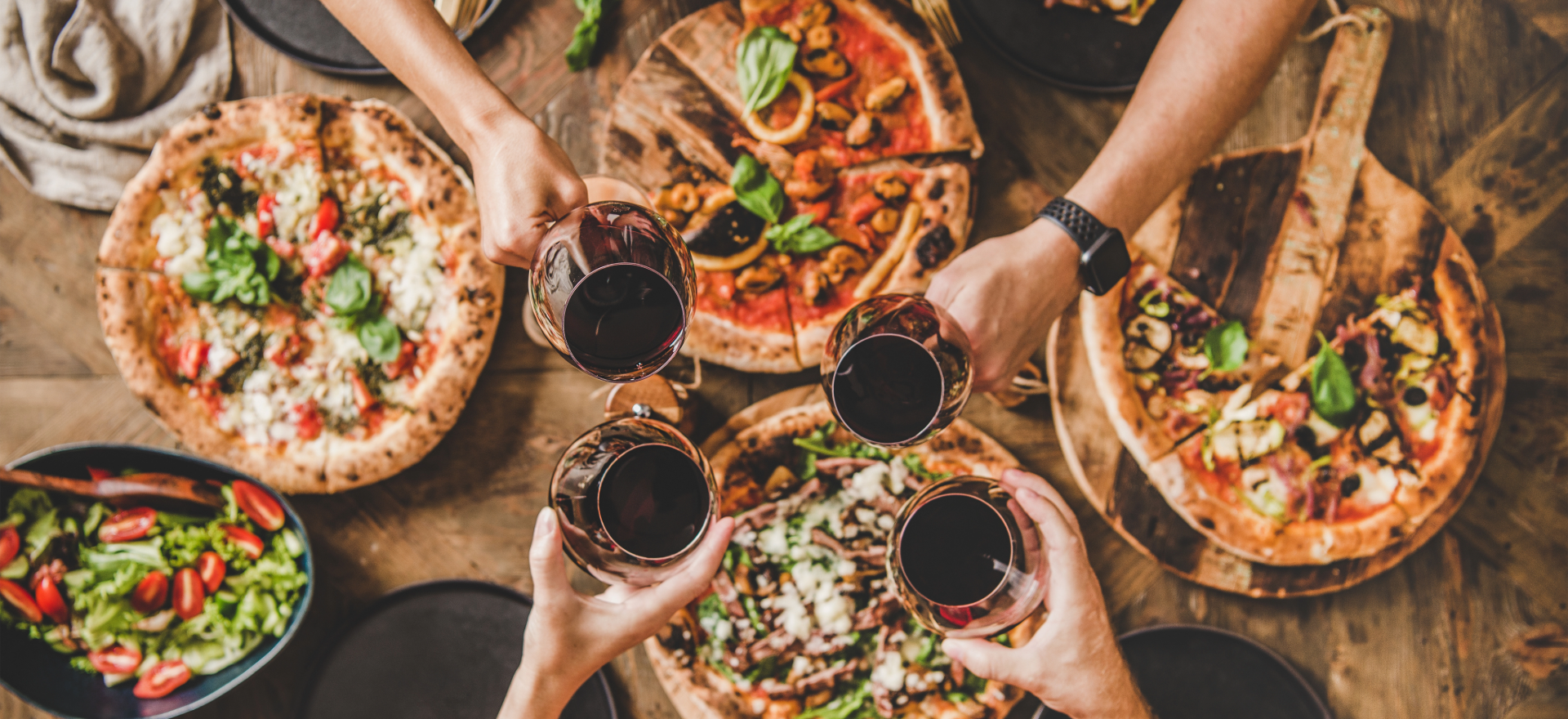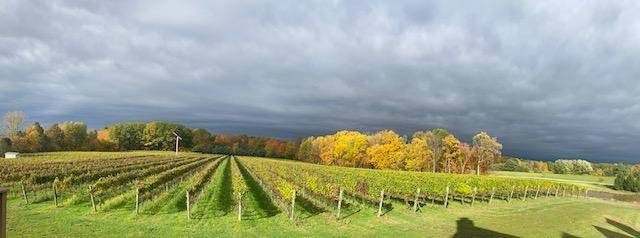A time of transition, a symbol of bounty, and a culmination of an entire season’s worth of hard work. This is harvest season. And this year, we’d like to share how we do it—both in this post and in person.
Book your M Cellars Harvest Vineyard Experience
Head out to the vines and learn how we nurture our European fruit to harvest. Then join our Sommelier Scott Stutz for a guided tasting featuring some very special, previously unreleased boutique small-lot wines.
How we harvest
We begin preparing for harvest season long before we pick any fruit. Pruning, vine training and leaf removal are done throughout the season to ensure enough sunlight and air circulation reach our growing grapes. We monitor for good health and stand guard against any threats. In mid to late summer, the fruit begins veraison, the point where it starts to change color.
Fruit Thinning
It sounds counterintuitive—purposely plucking fruit we’ve worked so hard to nurture. But it’s a traditional practice among the world’s leading vintners. Leaving each vine properly balanced means more resources for the remaining clusters, which means speedier ripening and improved quality. We continue to monitor and thin up until harvest. By the time we pick, only the absolute best fruit is left on our vines.
Fruit Picking
The actual timing depends on the grape variety, the weather that season, and more, but harvest usually begins right around Labor Day and continues through early November. When the fruit has matured to reach the correct balance between sugars, acidity, pH, tannins and flavor compounds, it’s ready.
We harvested by hand our first year… and we vowed that would be our last. Still, everything in our 67 acres is hand selected in anticipation of machine harvesting. Our harvester rides down each row, shaking the fruit from the vines and automatically separating it from leaves, twigs, stems—or to use an industry term, M.O.G. (material other than grapes).
The Crush
While the tradition of grape stomping still exists in some corners of the world, we use less bare feet in our process. Our select grapes are put into our crusher, which gently releases the juice without damaging the seeds.
Whites get pressed, squeezing the juice from the skins. Reds go straight into tanks or bins for fermentation.
Which whites and reds, you ask? This year we’ll pick Gewurtztraminer, Riesling, Pinot Gris, and Chardonnay (for still, and combined with Pinot Noir for Champagne in the traditional method). For reds, we have Pinot Noir, as well as Cabernet Sauvignon, Cabernet Franc, Merlot and Petit Verdot—which are all used in our crowd favorite and featured wine for fall, the Estate Meritage.
How long will we have to wait? Six months for whites, and eight to 10 for reds. It can feel like an eternity, anticipating that first taste of a new vintage. Luckily, we still have some stock in our cellars to hold us all over.
